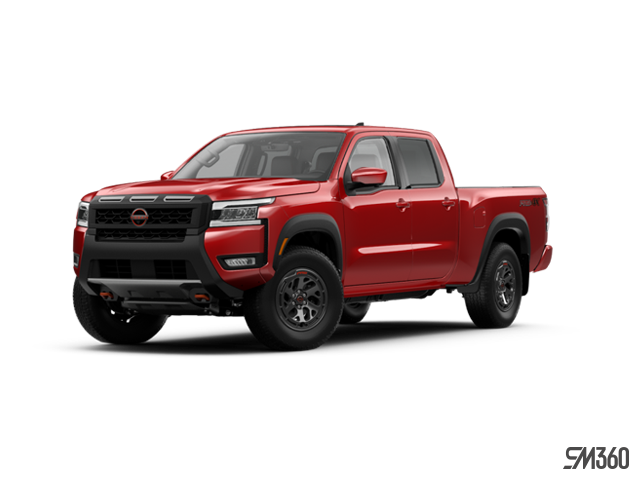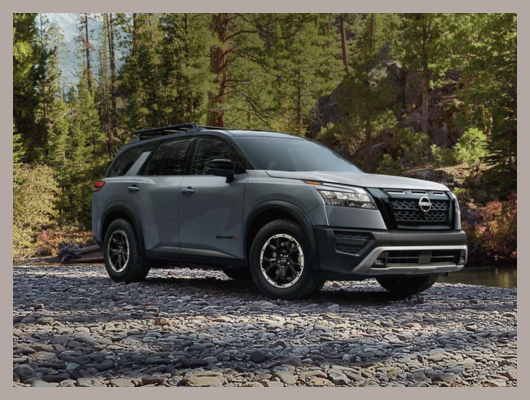With all the discussions regarding environmental policies and climate change going on right now, ‘hybrid’ is a buzz word. Many say that hybrid vehicles are better for the environment and that generally, all cars are heading towards becoming more electric. But while everyone is discussing why hybrids and electric vehicles (EVs) are such a great idea, no one is discussing what they actually are or how they get you where you’re trying to go.
To make a complicated explanation simple, hybrid cars are vehicles that rely on two different sources of energy. The vast majority of hybrids in North America are electric hybrids, meaning that they run partly on gas and partly on electricity. This means that the vehicle has both an electric motor and a conventional engine. Depending on the situation, the car may solely run on the electric motor or the engine, but in most cases, the two would work together to power the vehicle.
How Do Hybrid Cars Work?
The term hybrid basically covers all vehicles that are not solely electric or solely gas-powered, meaning each hybrid varies in how often it actually uses the electric motor. Some mostly use the engine with the electric motor only kicking in when the vehicle is speeding up or slowing down, while others almost exclusively use the electric motor, and only use the engine to recharge the motor’s battery as the car is being driven.
Hybrids are thought of as environmentally friendly because, like electric cars, they save on gas by using the electric motor instead of the internal combustion engine, and as a result, manufacturers are able to improve the car’s fuel economy. Decreasing the amount of fuel the car uses is better for the environment because it cuts down on your use of fossil fuels (which are already being rapidly depleted) and limits the emissions of CO2, a major contributor to climate change.
Hybrids also save on gas and energy through regenerative braking. In a hybrid, when you press down on the brake pedal, it sends the electric motor in reverse. By doing this, not only do the wheels slow down, but the motor actually acts as an electric generator and creates energy for the car. This means that instead of the car using energy to stop itself, it recharges the motor’s battery while braking.

Types of Hybrids
Vehicles that have both electric motors and gasoline engines usually fall into one of two categories: traditional hybrids and plug-in hybrids.
• Hybrids (HEVs): A conventional hybrid mostly uses its gasoline engine as the main source of fuel, while the electric motor only really kicks in during acceleration and deceleration. Instead of being plugged in, the battery pack in a traditional hybrid’s motor is charged using the energy created by the engine. This type of hybrid isn’t designed to drive long distances using only the electric motor, but rather, it’s used to supplement the vehicle’s engine and increase the car’s fuel efficiency.
• Plug-In Hybrids (PHEVs): A plug-in hybrid works in the opposite way that a traditional hybrid does, it runs mostly using its electric motor and only uses the engine to provide additional power to the motor when its battery is dying or if the car is speeding up/slowing down. Since their engines are smaller than the ones in a traditional hybrid, they need to be plugged into an electrical outlet to charge the electric motor’s battery pack. Plug-in hybrids are meant to be able to travel long distances solely using the car’s electric motor.
Hybrids can be a great option since they’re both environmentally friendly and help you save money on gas. They may be slightly pricier than their gas-powered counterparts, but the rebate offered by the Canadian government on hybrids and electric cars (which is up to $5000) definitely levels the playing field. If you are interested in a hybrid, we have many different hybrid models at Drive Autogroup across our seven brands that are available in Toronto, Scarborough, Pickering, Ajax, Whitby, and Markham. Check out the locations of our dealerships here for more information on our available hybrids or to book a test drive!






